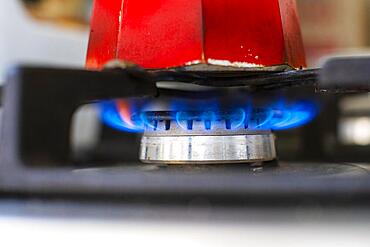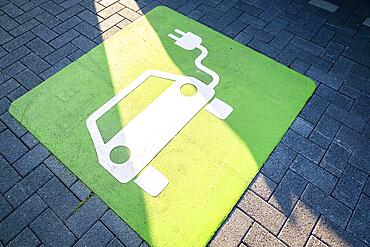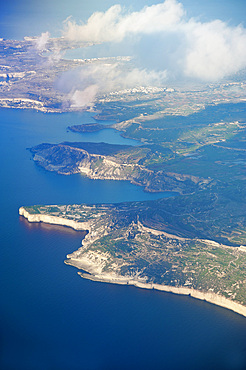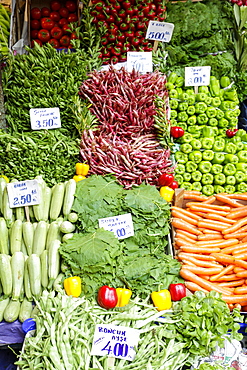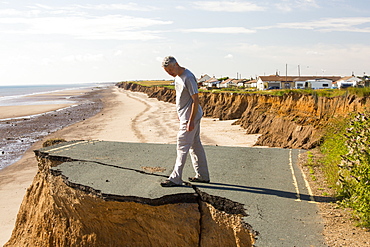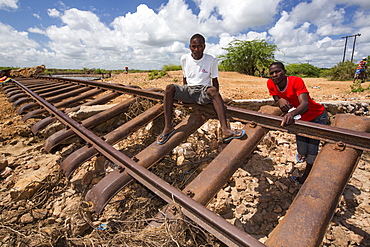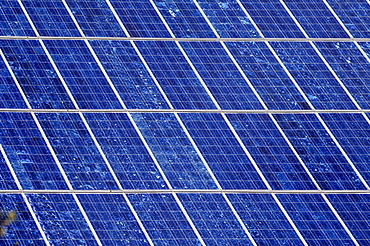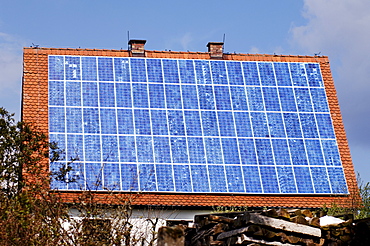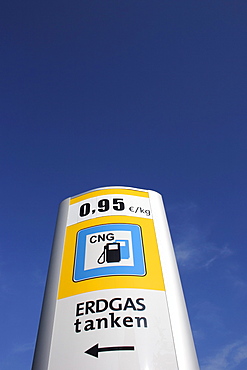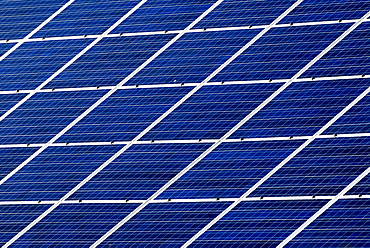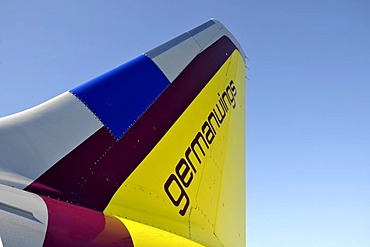Recent searches
Loading...
832-402654 - Espresso maker over a flame on a gas cooker
832-402642 - An e-car charges at a public charging station in Duesseldorf, North Rhine-Westphalia, Germany, Europe
832-396872 - Calculator and non-proprietary medicine prescription bottles isolated on a white background
746-92087 - Aerial View, West Cost, Malta Island, Mediterranean Sea, Europe
1116-51495 - Salt rocks for sale, Skeleton Coast, Dorob National Park; Namibia
1178-32886 - Mixed race woman balancing bride and groom statues on coin stacks
1178-32942 - Close up of stacks of coins and wedding rings
1178-32958 - Close up of bride and groom dolls near savings jar
1178-32959 - Close up of bride and groom dolls near savings jar
1178-32116 - Pacific Islander woman paying at boutique with credit card
1178-32506 - Mixed Race cashier ringing up groceries
832-392269 - Medicine pills scattered on newly designed U.S. one hundred dollar bills
832-392347 - Cute little girl having fun with her piggy bank outside on the grass
832-392349 - Cute little girl having fun with her piggy bank outside on the grass
1350-177 - The Dark Emu of aboriginal sky lore rising out of the Tasman Sea, from the south cost of Victoria, Australia. From Cape Conran on the Gippsland Coast. Carina is just above centre, Crux, the Southern Cross is at centre, and Centaurus is below Crux. The False Cross is at top.
1178-30818 - African American man shopping in clothing store
1319-38 - Indigo Airlines, Indian low cost carrier rolling out from Jodhpur Airport with the famous Umaid Bhawan Palace in background, Rajasthan, India, Asia
832-384577 - Illuminated switched-on power switch, Germany, Europe
832-384584 - Cottage on pile with money coins and euro banknotes, symbol photo real estate financing, Germany, Europe
832-384585 - Cottage on pile with money coins and euro banknotes, symbol photo real estate financing, Germany, Europe
832-384583 - Heating cost control with thermostatic valve, Germany, Europe
746-88769 - Aerial View, West Cost, Malta Island, Mediterranean Sea, Europe
746-89763 - Waves, Ischia Island, Campania, Italy, Europe
746-89762 - Rainbow, Ischia Island, Campania, Italy, Europe
746-89761 - Sundet, Ischia Island, Campania, Italy, Europe
746-89760 - Sant'Angelo village, Ischia Island, Campania, Italy, Europe
746-89759 - Sant'Angelo village, Ischia Island, Campania, Italy, Europe
746-89764 - Church of the Soccorso, Chiesa del Soccorso, Forio, Ischia Island, Campania, Italy, Europe
832-380275 - East cost with Resort Eden Island, Ile au Cerf, Ste Anne Marine National Park, Mahe Island, Seychelles, Africa
857-95431 - A collapsed coastal road at between Skipsea and Ulrome on Yorkshires East Coast, near Skipsea, UK. The coast is composed of soft boulder clays, very vulnerable to coastal erosion. This section of coast has been eroding since Roman times, with many villages having disappeared into the sea, and is the fastest eroding coast in Europe. Climate change is speeding up the erosion, with sea level rise, increased stormy weather and increased heavy rainfall events, all playing their part.
857-95432 - A collapsed coastal road at between Skipsea and Ulrome on Yorkshires East Coast, near Skipsea, UK. The coast is composed of soft boulder clays, very vulnerable to coastal erosion. This section of coast has been eroding since Roman times, with many villages having disappeared into the sea, and is the fastest eroding coast in Europe. Climate change is speeding up the erosion, with sea level rise, increased stormy weather and increased heavy rainfall events, all playing their part.
857-95435 - A collapsed coastal road at near Aldbrough on Yorkshires East Coast, near Skipsea, UK. The coast is composed of soft boulder clays, very vulnerable to coastal erosion. This section of coast has been eroding since Roman times, with many villages having disappeared into the sea, and is the fastest eroding coast in Europe. Climate change is speeding up the erosion, with sea level rise, increased stormy weather and increased heavy rainfall events, all playing their part.
857-95433 - A collapsed coastal road at between Skipsea and Ulrome on Yorkshires East Coast, near Skipsea, UK. The coast is composed of soft boulder clays, very vulnerable to coastal erosion. This section of coast has been eroding since Roman times, with many villages having disappeared into the sea, and is the fastest eroding coast in Europe. Climate change is speeding up the erosion, with sea level rise, increased stormy weather and increased heavy rainfall events, all playing their part.
857-95437 - A collapsed coastal road at between Skipsea and Ulrome on Yorkshires East Coast, near Skipsea, UK. The coast is composed of soft boulder clays, very vulnerable to coastal erosion. This section of coast has been eroding since Roman times, with many villages having disappeared into the sea, and is the fastest eroding coast in Europe. Climate change is speeding up the erosion, with sea level rise, increased stormy weather and increased heavy rainfall events, all playing their part.
857-95436 - A collapsed coastal road at between Skipsea and Ulrome on Yorkshires East Coast, near Skipsea, UK. The coast is composed of soft boulder clays, very vulnerable to coastal erosion. This section of coast has been eroding since Roman times, with many villages having disappeared into the sea, and is the fastest eroding coast in Europe. Climate change is speeding up the erosion, with sea level rise, increased stormy weather and increased heavy rainfall events, all playing their part.
857-95434 - A collapsed coastal road at Barmston on Yorkshires East Coast, near Skipsea, UK. The coast is composed of soft boulder clays, very vulnerable to coastal erosion. This section of coast has been eroding since Roman times, with many villages having disappeared into the sea, and is the fastest eroding coast in Europe. Climate change is speeding up the erosion, with sea level rise, increased stormy weather and increased heavy rainfall events, all playing their part.
857-95438 - Smashed concrete sea defenses at Ulrome near Skipsea on Yorkshires East Coast, UK. The sea has eroded past the barriers and left them stranded further down the beach. The coast is composed of soft boulder clays, very vulnerable to coastal erosion. This section of coast has been eroding since Roman times, with many villages having disappeared into the sea, and is the fastest eroding coast in Europe. Climate change is speeding up the erosion, with sea level rise, increased stormy weather and increased heavy rainfall events, all playing their part.
911-10897 - In mid January 2015, a three day period of excessive rain brought unprecedented floods to the small poor African country of Malawi. It displaced nearly quarter of a million people, devastated 64,000 hectares of land, and killed several hundred people. This shot shows a railway line that was washed away in Bangula.
911-10896 - In mid January 2015, a three day period of excessive rain brought unprecedented floods to the small poor African country of Malawi. It displaced nearly quarter of a million people, devastated 64,000 hectares of land, and killed several hundred people. This shot shows a drainage pipe that was washed away near Chikwawa.
911-10750 - The Remains of the Godwin battery on the beach at Kilnsea at the head of Spurn point on Yorkshires East Coast, UK. Initially constructed during the First World War, the Godwin Battery was added to during the Second World War. It comprised of gun emplacements, search light, barracks, officers’ mess, and a hospital. This section of coastline is the fastest eroding coastline in Europe. The soft boulder clay cliffs are easily eroded and have been eroding since Roman Times, but recently the climate change impacts of increased stormy weather, increased heavy rainfall events and sea level rise have accelerated the rate of erosion. The average rate of attrition is 1.5metres per year, last year it was 5 metres.
911-10749 - The Remains of the Godwin battery on the beach at Kilnsea at the head of Spurn point on Yorkshires East Coast, UK. Initially constructed during the First World War, the Godwin Battery was added to during the Second World War. It comprised of gun emplacements, search light, barracks, officers’ mess, and a hospital. This section of coastline is the fastest eroding coastline in Europe. The soft boulder clay cliffs are easily eroded and have been eroding since Roman Times, but recently the climate change impacts of increased stormy weather, increased heavy rainfall events and sea level rise have accelerated the rate of erosion. The average rate of attrition is 1.5metres per year, last year it was 5 metres.
1178-5028 - Girl drawing dollar sign in sand, Florida, United States
911-10244 - Coal on the docks in Hull, on the Humber Estuary, Yorkshire, UK.
911-10241 - Old ship hulls being used to provide shelter to a ship yard at Salt End on the Humber Estuary, near Hull, Yorkshire, UK.
911-10073 - A collapsed coastal road at Barmston on Yorkshires East Coast, near Skipsea, UK. The coast is composed of soft boulder clays, very vulnerable to coastal erosion. This sectiion of coast has been eroding since Roman times, with many villages having disappeared into the sea, and is the fastest eroding coast in Europe. Climate change is speeding up the erosion, with sea level rise, increased stormy weather and increased heavy rainfall events, all palying their part.
911-10074 - A Second world War lookout post leaning alarmingly and about to tumble over the edge of the cliff near Aldbrough on Yorkshires East Coast, UK. The coast is composed of soft boulder clays, very vulnerable to coastal erosion. This section of coast has been eroding since Roman times, with many villages having disappeared into the sea, and is the fastest eroding coast in Europe. Climate change is speeding up the erosion, with sea level rise, increased stormy weather and increased heavy rainfall events, all playing their part.
911-10071 - A collapsed coastal road at between Skipsea and Ulrome on Yorkshires East Coast, near Skipsea, UK. The coast is composed of soft boulder clays, very vulnerable to coastal erosion. This sectiion of coast has been eroding since Roman times, with many villages having disappeared into the sea, and is the fastest eroding coast in Europe. Climate change is speeding up the erosion, with sea level rise, increased stormy weather and increased heavy rainfall events, all palying their part.
911-10069 - Concrete sea defences at Beach Bank Caravan Park in Ulrome near Skipsea on Yorkshires East Coast, UK. The coast is composed of soft boulder clays, very vulnerable to coastal erosion. This section of coast has been eroding since Roman times, with many villages having disappeared into the sea, and is the fastest eroding coast in Europe. Climate change is speeding up the erosion, with sea level rise, increased stormy weather and increased heavy rainfall events, all playing their part.
911-10070 - A collapsed coastal road at near Aldbrough on Yorkshires East Coast, near Skipsea, UK. The coast is composed of soft boulder clays, very vulnerable to coastal erosion. This sectiion of coast has been eroding since Roman times, with many villages having disappeared into the sea, and is the fastest eroding coast in Europe. Climate change is speeding up the erosion, with sea level rise, increased stormy weather and increased heavy rainfall events, all palying their part.
911-10066 - A collapsed coastal road at Easingotn on Yorkshires East Coast, near Skipsea, UK. The coast is composed of soft boulder clays, very vulnerable to coastal erosion. This sectiion of coast has been eroding since Roman times, with many villages having disappeared into the sea, and is the fastest eroding coast in Europe. Climate change is speeding up the erosion, with sea level rise, increased stormy weather and increased heavy rainfall events, all palying their part.
911-10068 - A collapsed coastal road at between Skipsea and Ulrome on Yorkshires East Coast, near Skipsea, UK. The coast is composed of soft boulder clays, very vulnerable to coastal erosion. This sectiion of coast has been eroding since Roman times, with many villages having disappeared into the sea, and is the fastest eroding coast in Europe. Climate change is speeding up the erosion, with sea level rise, increased stormy weather and increased heavy rainfall events, all palying their part.
911-10072 - A collapsed coastal road at between Skipsea and Ulrome on Yorkshires East Coast, near Skipsea, UK. The coast is composed of soft boulder clays, very vulnerable to coastal erosion. This sectiion of coast has been eroding since Roman times, with many villages having disappeared into the sea, and is the fastest eroding coast in Europe. Climate change is speeding up the erosion, with sea level rise, increased stormy weather and increased heavy rainfall events, all palying their part.
911-10067 - A collapsed coastal road near Skipsea on Yorkshires East Coast, UK. The coast is composed of soft boulder clays, very vulnerable to coastal erosion. This sectiion of coast has been eroding since Roman times, with many villages having disappeared into the sea, and is the fastest eroding coast in Europe. Climate change is speeding up the erosion, with sea level rise, increased stormy weather and increased heavy rainfall events, all playing their part.
1113-95990 - The only source of income, eggs from the Megapode bird. One egg costs 2 Kina, about 50 Eurocents, at the market. Tavurvur Volcano, Rabaul, East New Britain, Papua New Guinea, Melanesia, Pacific
1113-95994 - The only source of income for people on Matupit island are the eggs from the Megapode bird, a small bird, that lays massive eggs in the hot volcanic ash and trusts the volcano to incubate them. One egg costs 2 Kina, 50 Euro cent, on the market, Tavurvur Volcano, Rabaul, East New Britain, Papua New Guinea, Pacific
832-349965 - Two Euro coin is standing up to a pile of Euro coins
832-338918 - Photovoltaic cells, solar panels installed on a roof, Guenthersbuehl, Middle Franconia, Bavaria, Germany, Europe
832-338916 - Photovoltaics, solar panel on a roof, Guenthersbuehl, Middle Franconia, Bavaria, Germany, Europe
832-312343 - Setting up of an EKG during the foundation course in internal medicine at the Skills Lab of the medizinischen Fakultaet der Eberhard-Karls-Universitaet or Faculty of Medicine at the Eberhard-Karl University in Tuebingen, Baden-Wuerttemberg, Germany, Europ
832-306655 - Retroviral medication, HIV/AIDS blockers, medication, Garoua, Cameroon, Africa
832-307538 - Medication, prescription, receipt and coins
832-280521 - Mannheim, DEU, 23.08.2001, building of a Gas pipeline, natural gas pipeline in the Rhine level
832-363776 - Office of Creditreform, Cologne, NRW, Germany
832-268539 - Passengers leaving a Boeing 737 of the low cost airline Ryanair at Frankfurt-Hahn Airport, Hahn Airport, in Hunsrueck near Simmern, Rhineland-Palatinate, Germany, Europe
832-237355 - Sign, natural gas station, Biberach a.d. Riss, Upper Swabia, Baden-Wuerttemberg, Germany, Europe
1161-3441 - Petrol pump showing fuel prices at filling station in Guilin, China
817-447811 - Blowfish off the cost of Isla Tortuga, Costa Rica.
869-3617 - doctor putting Euro bank notes in pocket portrait symbol
832-205737 - Detail of a photovoltaic system, solar panel, solar cells
832-188674 - Sign, fare increase, Deutsche Bundesbahn German Railways, Central Station, Frankfurt, Hesse, Germany, Europe
832-143853 - German Wings passenger plane against a blue sky, climb, Airbus A319
832-125361 - Radiator with thermostat, illuminated, heating costs

